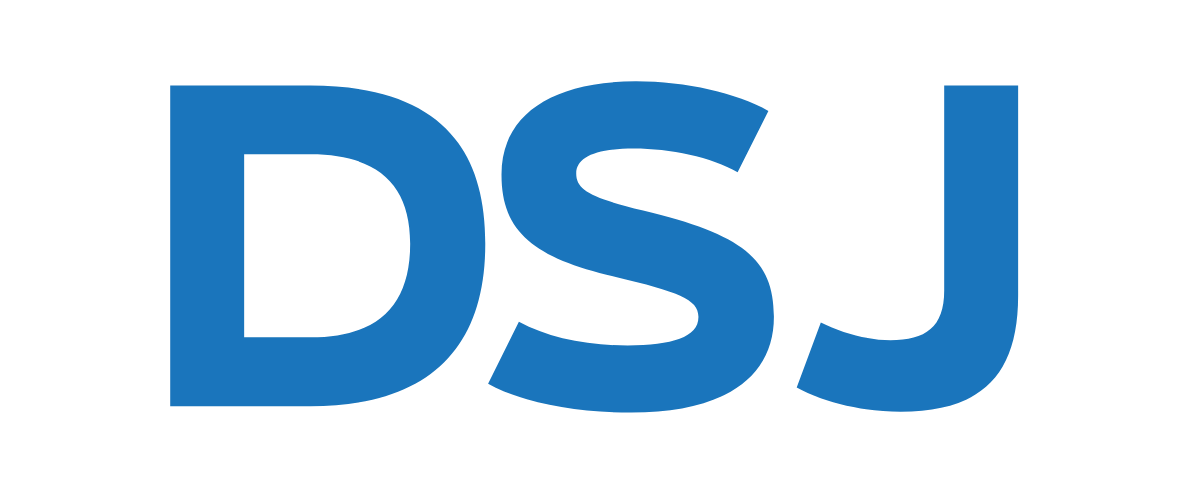New York State is considering implementing a new cigarette tax that could have serious economic consequences. The proposed tax would increase the state’s cigarette tax from $4.35 to $5.35 per pack. While the goal of the tax is to discourage smoking and raise revenue for the state, some experts worry that it could lead to lost revenue and negative economic impacts.
Tax Foundation Report
According to a report from the Tax Foundation, higher cigarette taxes can lead to decreased revenue for states. This is because when taxes are raised too high, smokers may turn to illegal sources to purchase cigarettes or quit smoking altogether, reducing the tax base. The report estimates that a $1 increase in cigarette taxes only results in a 0.2% increase in revenue for states.
In addition to the potential loss of revenue, the proposed tax could also have negative economic impacts. Higher cigarette taxes could lead to decreased sales for retailers and distributors, as well as decreased demand for tobacco products. This could result in decreased economic activity in the state.
Opponents v. Supporters of the Tax
Opponents of the proposed tax also argue that it unfairly targets low-income individuals, who are more likely to smoke and would be disproportionately impacted by the tax increase. This could create an economic burden for those already struggling to make ends meet.
However, supporters of the tax argue that it could have positive public health impacts by discouraging smoking and reducing healthcare costs associated with smoking-related illnesses. They also point to the fact that New York State currently spends billions a year on healthcare costs related to smoking, which could be reduced with fewer smokers.
Wrap Up
Overall, the proposed cigarette tax in New York State is a contentious issue with potential economic and public health consequences. While it is important to consider the potential benefits of reduced smoking rates and healthcare cost savings, it is also crucial to consider the potential negative economic impacts and the potential burden on low-income individuals.
